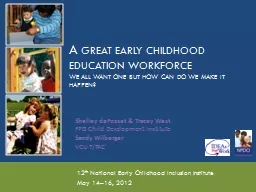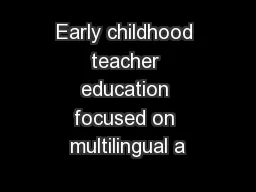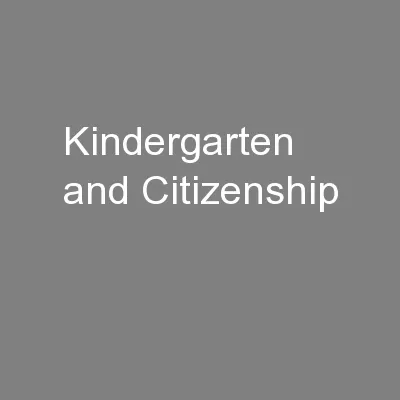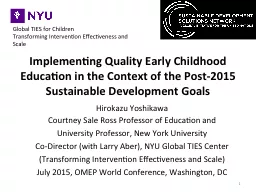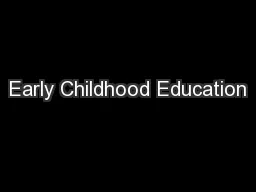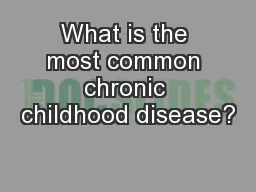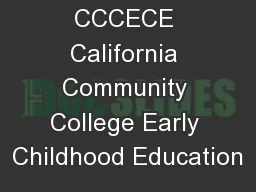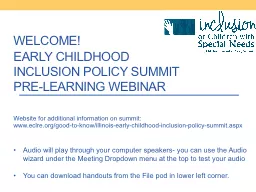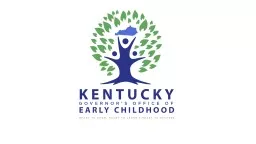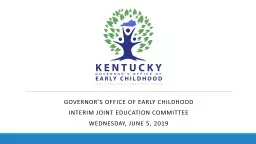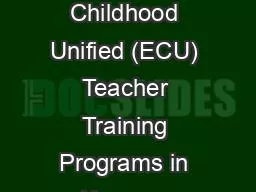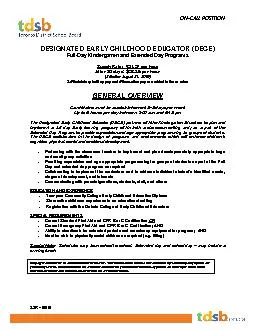PPT-A Great Early Childhood Education
Author : trish-goza | Published Date : 2015-09-18
Workforce We all Want One but How Can Do we make it happen 12 th National Early Childhood Inclusion Institute May 1416 2012 Shelley deFosset amp Tracey West
Presentation Embed Code
Download Presentation
Download Presentation The PPT/PDF document "A Great Early Childhood Education" is the property of its rightful owner. Permission is granted to download and print the materials on this website for personal, non-commercial use only, and to display it on your personal computer provided you do not modify the materials and that you retain all copyright notices contained in the materials. By downloading content from our website, you accept the terms of this agreement.
A Great Early Childhood Education: Transcript
Download Rules Of Document
"A Great Early Childhood Education"The content belongs to its owner. You may download and print it for personal use, without modification, and keep all copyright notices. By downloading, you agree to these terms.
Related Documents

